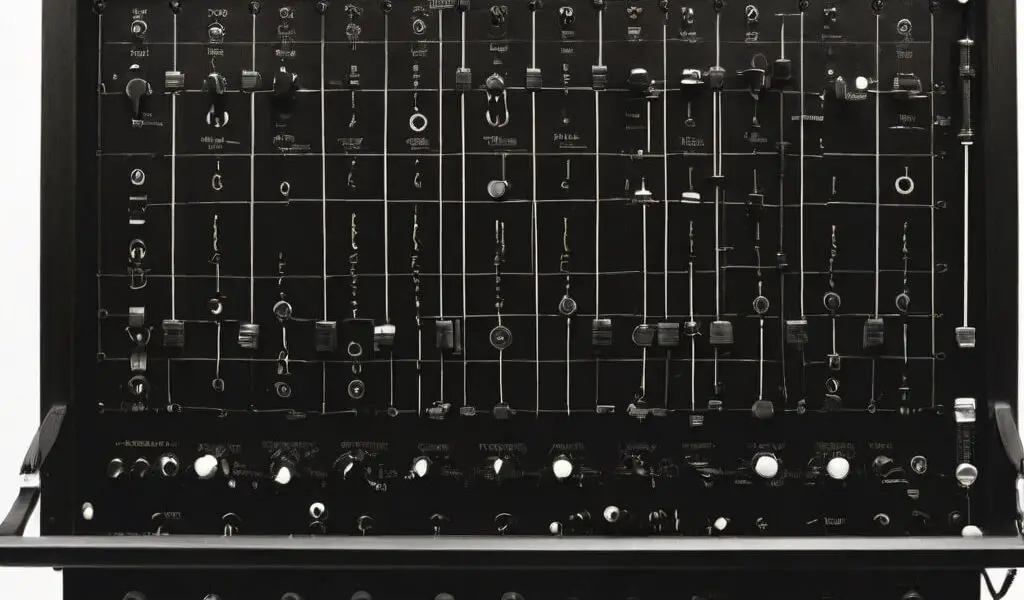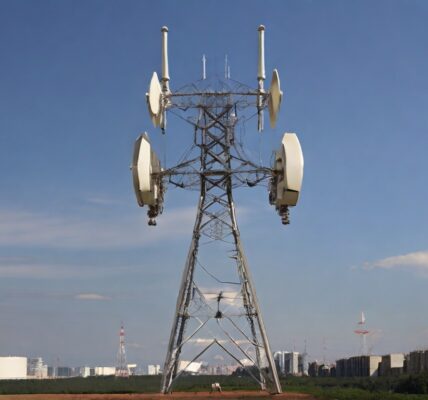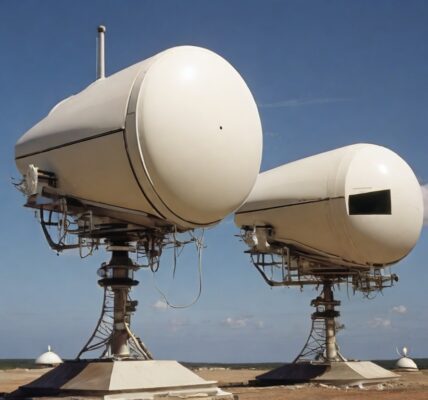- ntroduction: a. Definition of the superheterodyne circuit as a fundamental component in various communication systems. b. Analogous comparison with a symphony orchestra to illustrate its complex yet synchronized operation.
- Understanding the High-Frequency Melody: a. Explanation of high-frequency microwave signals as the raw musical notes of the symphony. b. Importance of down-conversion for easier manipulation and amplification.
- The Maestro: Superheterodyne Circuit: a. Introduction to the superheterodyne circuit as the conductor of the symphony. b. Function of down-conversion to shift the signal to a more manageable frequency range.
- Local Oscillator: Setting the Tempo: a. Definition and role of the local oscillator in the circuit. b. Analogy of the local oscillator as setting the tempo or pitch for the symphony.
- Mixing Signals: Harmonizing the Orchestra: a. Process of mixing the incoming signal with the local oscillator signal. b. Comparison with harmonizing musical instruments to achieve a coherent blend of frequencies.
- Resulting Difference: The Intermediate Frequency (IF) Signal: a. Description of the IF signal as the harmonized melody of the symphony. b. Significance of carrying the original information at a more manageable frequency.
- Amplification and Manipulation: Refining the Melody: a. Importance of amplifying the IF signal for clearer interpretation. b. Analogy of refining the melody through instrumentation and arrangement in music.
- Application in Communication Systems: a. Discussion on the widespread use of superheterodyne circuits in communication technologies. b. Examples of applications in radio receivers, televisions, and radar systems.
- Advantages and Limitations: a. Highlighting the advantages such as improved selectivity and sensitivity. b. Addressing limitations such as increased complexity and cost.
- Evolution of the Superheterodyne Symphony: a. Overview of advancements in superheterodyne circuitry over time. b. Anticipation of future developments and integration with emerging technologies.
- Conclusion: a. Recapitulation of the superheterodyne circuit’s pivotal role in modern communication. b. Reflection on the symphonic metaphor to illustrate its intricate yet harmonious operation.
technocrats.blog
Best Technical information




